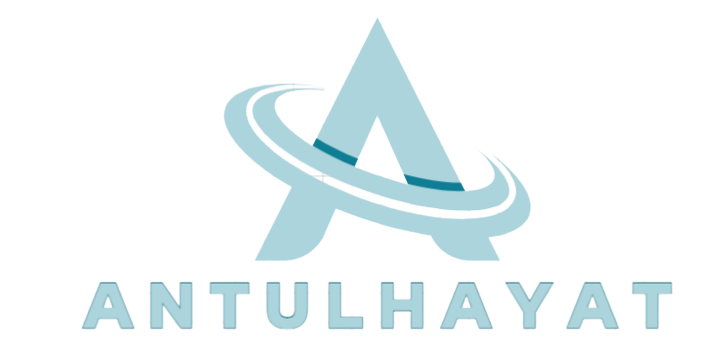In a world dominated by technology and digital innovation, understanding IT jargon is essential. However, the complex terminology can often seem like an impenetrable code. Fear not! We are here to decode the IT jargon, providing you with a comprehensive guide in layman’s terms. Whether you’re an IT enthusiast or just a curious mind, this article will empower you with the knowledge you need to navigate the digital landscape.
Demystifying the Acronyms
IP Address
An IP address, or Internet Protocol address, is your device’s digital identifier on the internet. It’s like your home’s unique street address, but in the online world. When you type in a website’s domain name, your device uses its IP address to locate the server and fetch the website’s content.
URL vs. URI
A URL (Uniform Resource Locator) and a URI (Uniform Resource Identifier) are often used interchangeably, but they have subtle differences. A URL is like a complete address, specifying the protocol, domain, and resource’s path. A URI, on the other hand, is a broader term encompassing both URLs and URNs (Uniform Resource Names).
SSL/TLS Encryption
SSL (Secure Sockets Layer) and its successor TLS (Transport Layer Security) are cryptographic protocols that secure data transmission on the internet. Think of them as digital bodyguards, ensuring that your sensitive information remains confidential when you send it online.
Navigating the World of Protocols
HTTP vs. HTTPS
HTTP (Hypertext Transfer Protocol) and HTTPS (HTTP Secure) are communication protocols. The ‘S’ in HTTPS stands for ‘secure,’ indicating that data transferred between your device and the website is encrypted. Always look for the padlock icon in your browser’s address bar; it means your connection is secure.
FTP: File Transfer Protocol
FTP is a protocol for transferring files between your computer and a server. It’s like a digital courier service, allowing you to upload and download files to and from a website. It’s commonly used by web developers to update websites.
SMTP and POP3
SMTP (Simple Mail Transfer Protocol) and POP3 (Post Office Protocol 3) are email protocols. SMTP sends your outgoing emails, while POP3 retrieves incoming messages. Together, they ensure your emails are sent and received seamlessly.
The Wonders of Cloud Computing
Cloud vs. On-Premises
Cloud computing refers to using remote servers, often hosted by third-party providers, to store, manage, and process data. On the other hand, on-premises computing involves managing your infrastructure locally. The cloud offers scalability, cost-efficiency, and flexibility.
SaaS, PaaS, and IaaS
These acronyms represent different cloud service models:
- SaaS (Software as a Service): Accessing software applications over the internet, like Google Docs.
- PaaS (Platform as a Service): Providing a platform for developers to build, deploy, and manage applications.
- IaaS (Infrastructure as a Service): Offering virtualized computing resources over the internet.
Cybersecurity Jargon Demystified
Firewall
A firewall acts as a digital barrier, filtering incoming and outgoing network traffic. It’s like the security guard at the entrance of a building, allowing authorized traffic while blocking potential threats.
Malware and Phishing
Malware is malicious software designed to harm your computer or steal your data. Phishing, on the other hand, is a fraudulent attempt to obtain sensitive information, often through deceptive emails or websites.
Two-Factor Authentication (2FA)
2FA adds an extra layer of security by requiring two forms of identification before granting access. It’s like needing both a key and a fingerprint to enter a high-security facility.
Web Development Unveiled
HTML, CSS, and JavaScript
HTML (Hypertext Markup Language) structures web content, CSS (Cascading Style Sheets) styles it, and JavaScript adds interactivity. These three are the fundamental building blocks of web development.
CMS: Content Management System
A CMS is a user-friendly platform that simplifies website creation and management. Popular examples include WordPress and Joomla.


